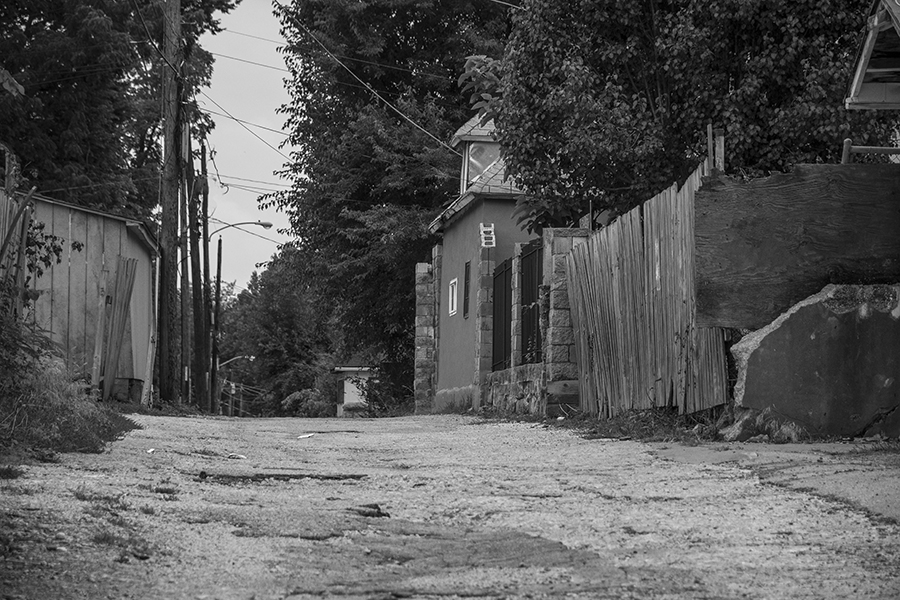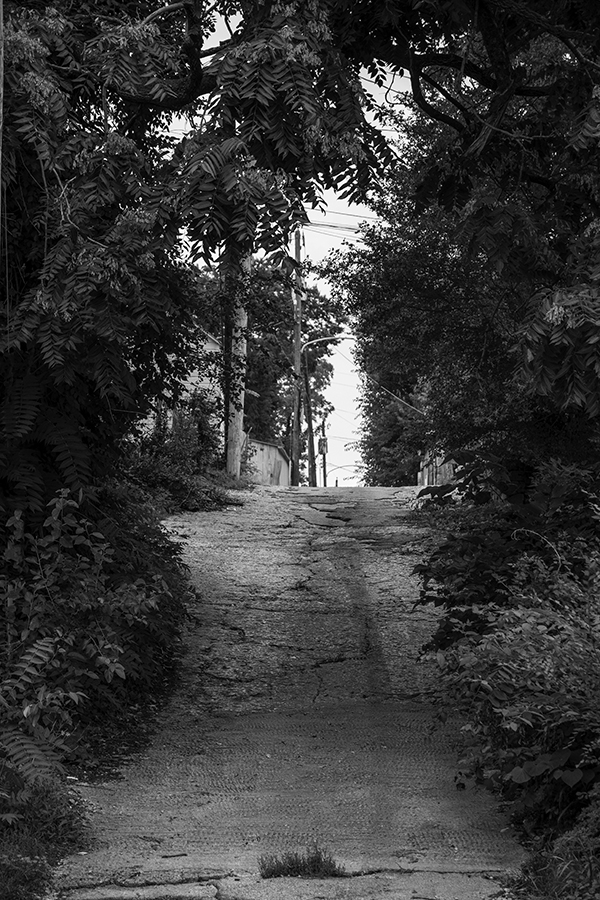Northeast News
July 5, 2017
This week, in place of our weekly Historic Postcard feature, we begin a four-part series of short articles written by the late John Dods exclusively for The Northeast News. John was a Northeast native who graduated from Northeast High School in 1951. Due to John’s involvement in the Boy Scouts, he was urged by the late, great H. Roe Bartle to attend Missouri Valley College in Marshall. He then transferred to KU where he received his Law Degree in 1957. He went on to join what would become one of Kansas City’s largest law firms, Shook, Hardy & Bacon, where he stayed for over 50 years. Between 1939 and 1946 the Dods family lived at 3614 Morrell Avenue. After WWII the family moved to 3514 Windsor Avenue where they lived until 1959. John’s short stories capture a slice of what it was like to grow up during a much simpler place and time in Kansas City’s Northeast neighborhood. The stories are set in the late 1930’s and early 1940’s. Professional photography of the locations in Dods’ stories were expertly executed by Historic Northeast resident David Remley.
Alleys are things of the past, no longer a part of new neighborhoods in the burgeoning suburbs.
But for kids who grew up in an earlier era when alleys were part of the urban landscape, those back yard lanes were special places for play and sharing of the secrets of childhood.
I well remember the alleys that traversed the Old Northeast neighborhood where I grew up. Even though the streets offered smoother surfaces for roller skating, bicycling, and the games of long summer evenings, it was in the alleys that we would create our own world, away from the restraints of grown up rules.
Alleys, in those days, had their purposes. They were the routes of the trash haulers, garbage trucks, and coal vans that serviced every block. They were the less-public ways on which Depression driven hobos moved through communities, looking to exchange their labor for a hot meal, marking the back gates along the way with their cryptic chalk-marked codes of who would provide food or shelter or whose yard should be avoided because of growling dogs or shrill housewives.
Many alleys were unpaved, protected only with the ashes and cinders spread from the coal fired furnaces in every house. Trash was often thrown into discarded barrels along the boundary of the alley. Before the days of environmental concerns, combustible discards were burned in those barrels, fouling the neighborhood with the acrid aroma of trash fires. Household garbage was put out unwrapped to await the infrequent pick up by the garbage man. Alleys, almost by definition, were dirty places, where the debris of life was tossed or stored, away from the public view.
But for kids, alleys were the places for salvage of discards that could be converted, with imagination, into the props for childhood fantasies, old tires to be turned into swings, inner-tubes cut to provide ammunition for clothespin triggered rubber guns, and broken furniture reclaimed to furnish the scrap lumber and cardboard clubhouses sure to spring up on some vacant lot.
It was in the alley that we could build a bonfire around which we gathered to tell stories or pretend in our imagination that it was the campfire of a brave patrol of buffalo hunters or a gang of treasure seeking pirates, all as we poked our charred roasted potatoes—the staple food of kids around fires.
Those days are now long gone. There’s not an alley within miles of my suburban home, where neighborhood custom decrees the backyard be as groomed as the front. Neither bonfire or smoke nor trash fire soot drifts across my patio. Yet somehow I miss the brown cinders and untidy venues of that old neighborhood, where childhood imagination and ingenuity were all a kid needed to make life an adventure, and even an alley a special place.
John C. Dods




















